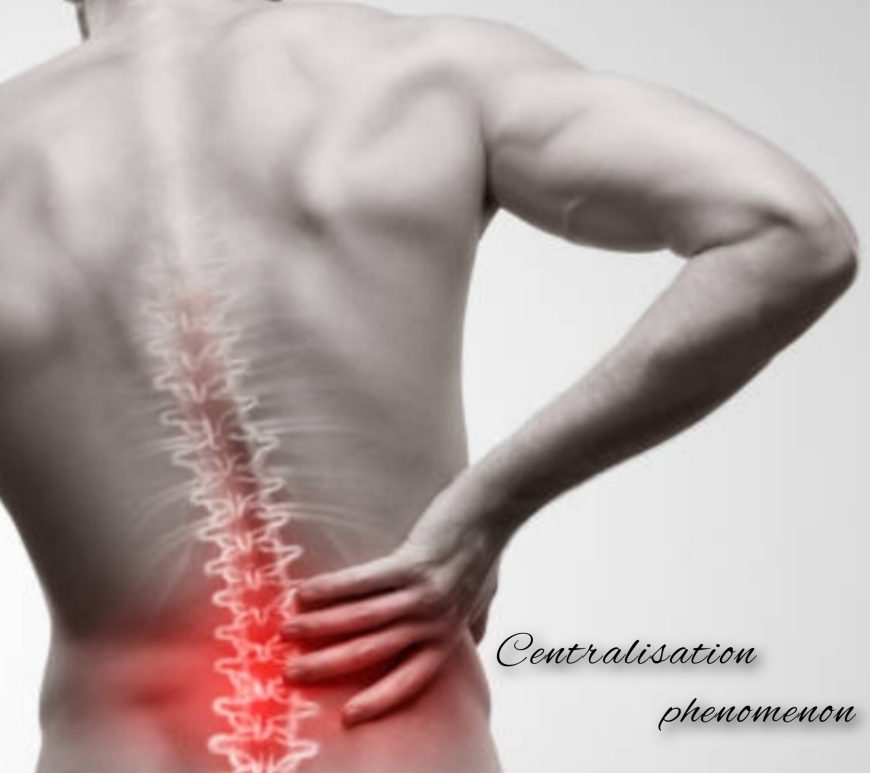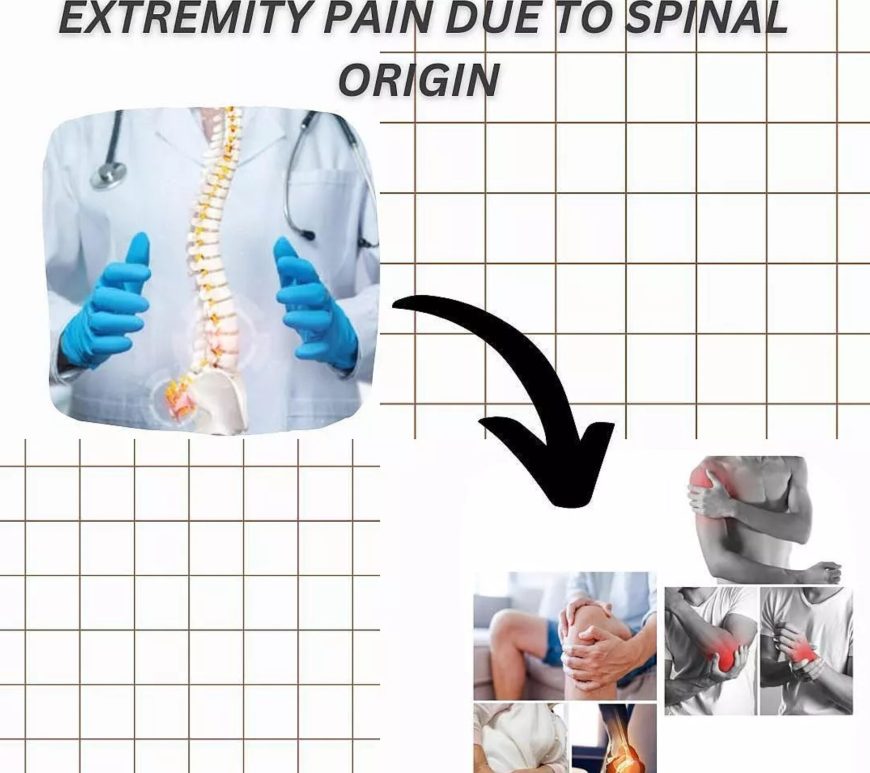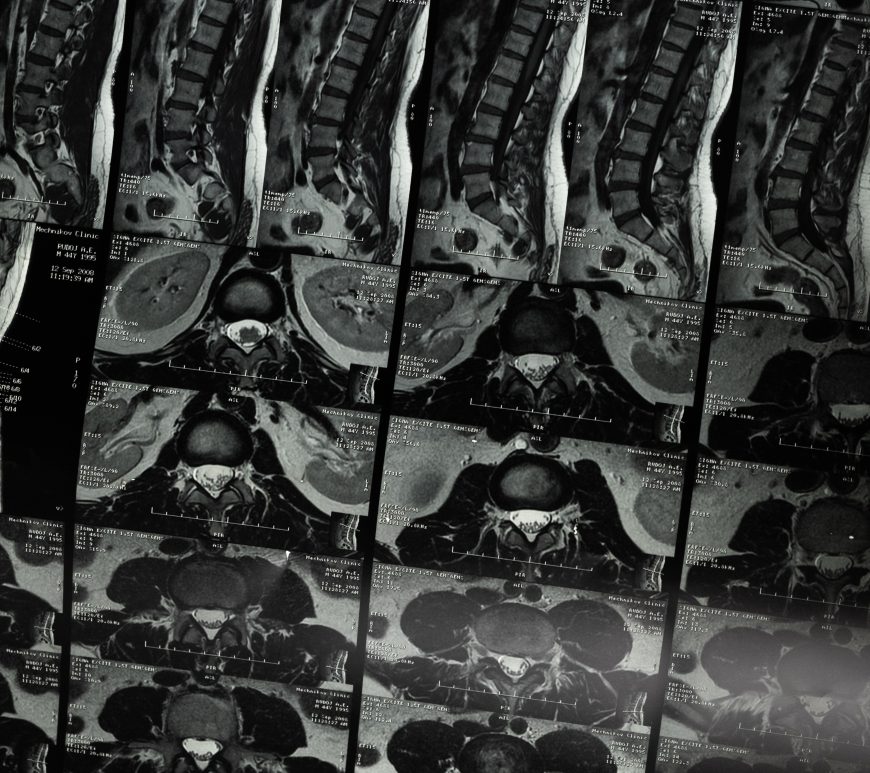
Centralization: a brief overview
The increasing reduction and elimination of distal pain in response to therapeutic loading procedures is referred to as centralization. This page provides a quick overview of the phenomenon as well as a discussion of its characteristics. Let’s get started!. The centralization phenomenon of pain is a critical evaluative finding during the physical examination. Pain is progressively abolished in a distal-to-proximal direction in response to therapeutic … Continue reading Centralization: a brief overview


